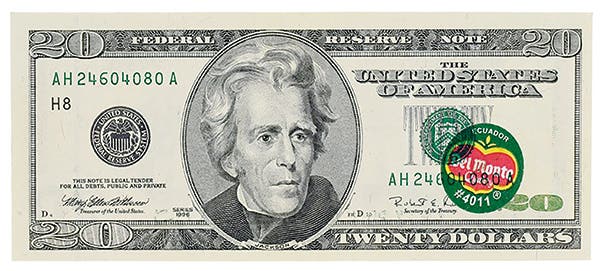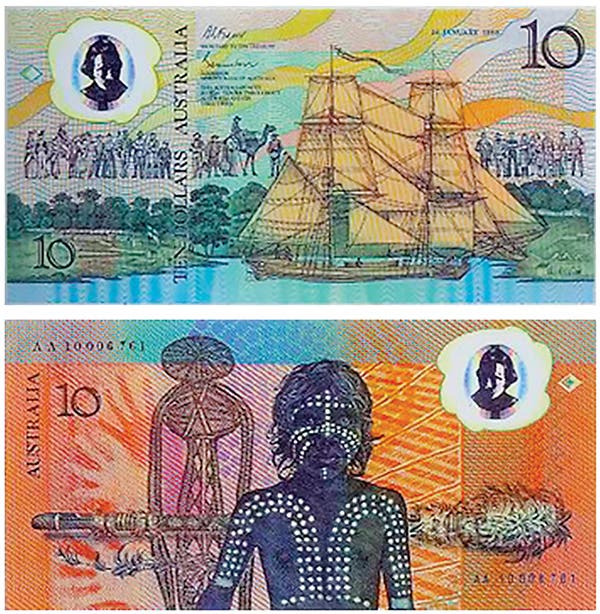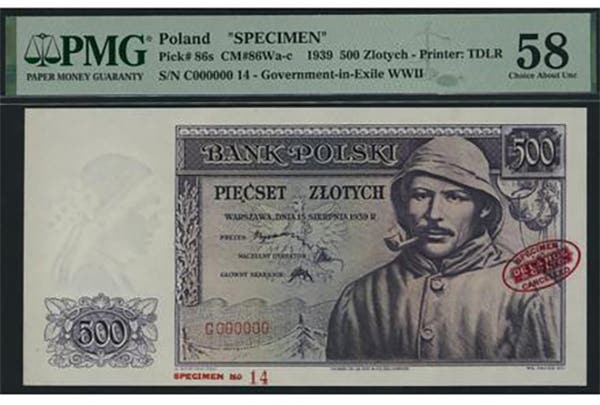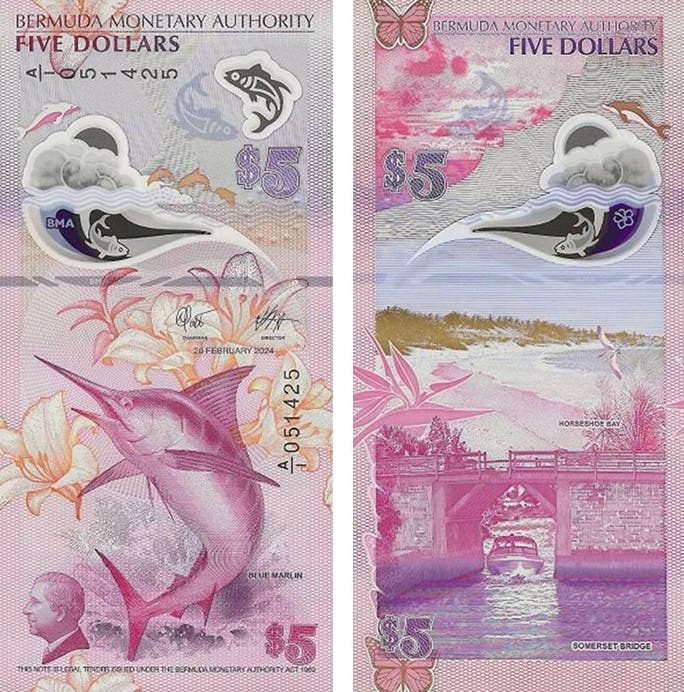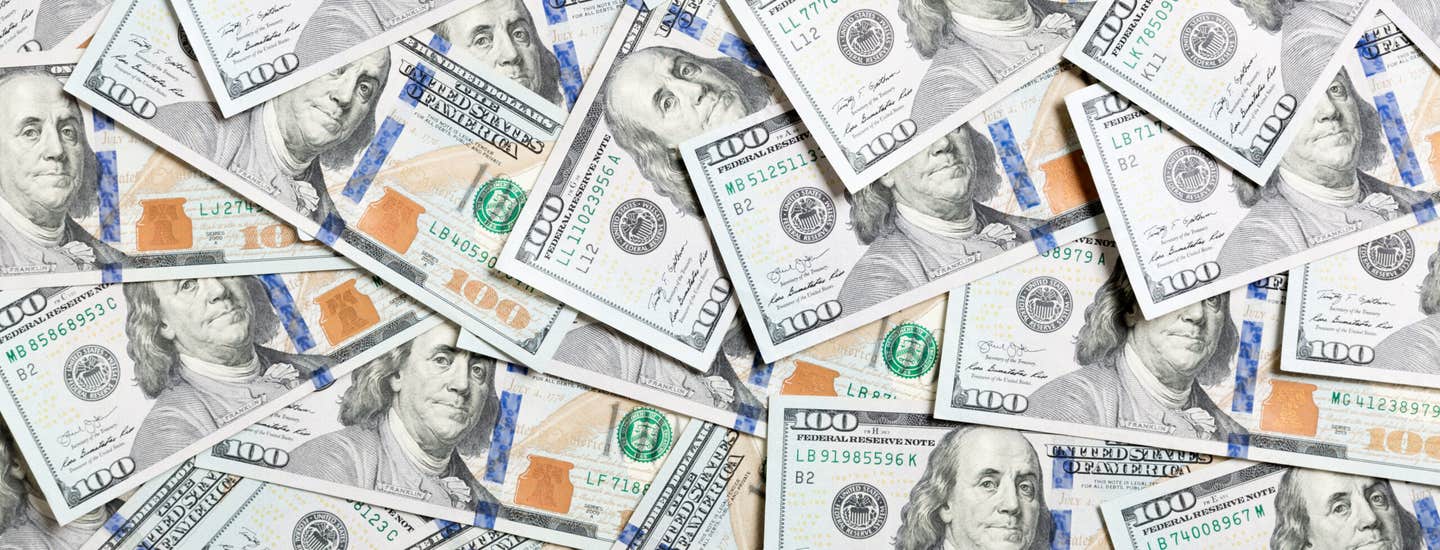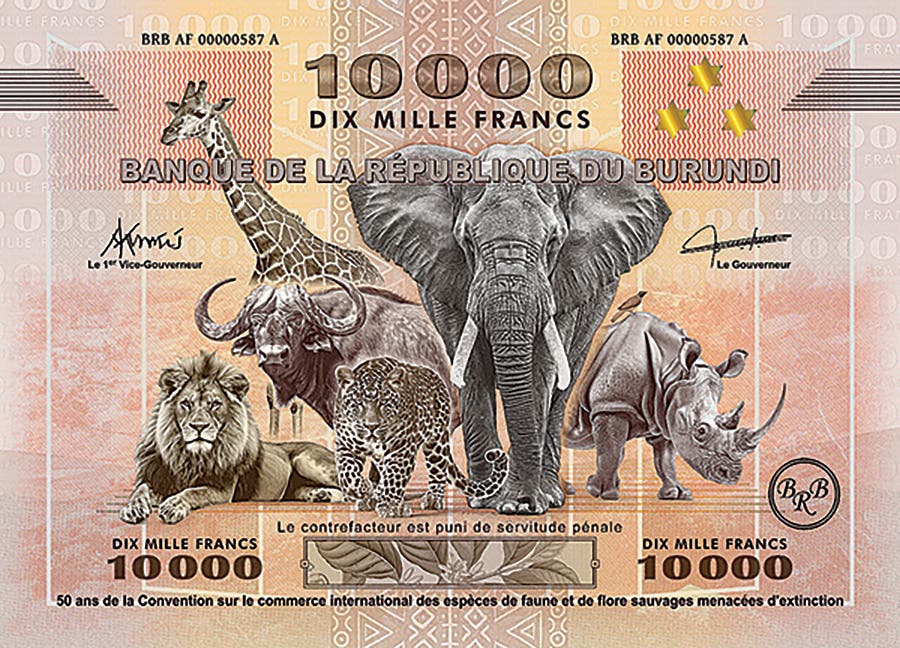Bank note realizes record price Oct. 21
Breaking the $1 million barrier Oct. 21 and setting a record price for a piece of paper money sold at public auction was one of three known
Breaking the $1 million barrier Oct. 21 and setting a record price for a piece of paper money sold at public auction was one of three known “Grand Watermelon” $1,000 notes.
The top note was Lot 1 of a Lyn Knight sale of the Dave Rickey collection of large-size paper money.
This 1890 $1,000 Treasury Note, Krause-Lemke number 1014, Friedberg 379a, sold for $1,092,500.
All prices reported here include the 15-percent buyers’ fees.
Graded choice about uncirculated by Knight and About New-50 by PCGS Currency, this Grand Watermelon had previously been sold in another landmark Knight auction, his sale of the Frank Levitan Collection in late 1998, when it realized the then-record price of $792,000.
Since then, the top price record has advanced. In 2000, an 1882 $1,000 Gold Certificate was sold by Heritage-Currency Auctions of America for $935,000.
Now the $1 million barrier has been breached.
The new record-holding note is called the Grand Watermelon because of the shape of the zeroes on the back. Grand, of course, is slang for $1,000.
Knight wrote in the Rickey and Levitan sale catalogs that only three Grand Watermelons are known, two with a large brown seal and one with a small red seal. He said this example is the better of the two with brown seal.
“It’s gratifying to be chosen to handle such rarities,” Knight said after the sale.
The fact that people have the confidence in us to handle their collections is always good. It’s always interesting to watch the currency market sort a new level. And it is a new level. The first time I saw a Grand Watermelon sell was in 1970 ... the currency market has come a long way.”
The highest-realizing 11 lots in the sale all brought more than $200,000 apiece, helping to push the Rickey sale’s overall total to $10,839,900. Just the top five lots together contributed more than one-third of the total; the top 10 lot realizations added up to nearly half of the total.
Second-highest price went for an 1863 $1,000 Legal Tender Note, KL-968, Fr. 186c, considered unique because of the 1862 date printed on the face, Knight said. He graded it fine, PCGS Currency graded it Apparent Fine-15. It sold for $747,500.
One of the two known 1880 $1,000 Silver Certificates with Bruce-Wyman signature combination and large brown seal, KL-1012, Fr. 346d, brought $667,000. “Virtually every collector that I have spoken with in the last 25 years has felt that this Silver Certificate is as desirable or more desirable than the Grand Watermelon,” Knight wrote. It was graded very fine-extremely fine by Knight and Apparent Very Fine-25 by PCGS Currency.
For more prices realized, see Web site www.lynknight.com. Registration is required to see the full prices realized, no registration is necessary to browse lots one by one.
The auction took place at Knight’s newly constructed auction facility at 14148 Santa Fe Trail Drive, Lenexa, Kan.
For more information, contact Lyn Knight Currency Auctions, P.O. Box 7364, Overland Park, KS 66207; telephone (800) 243-5211 or (913) 338-3779; e-mail support@lynknight.com.



